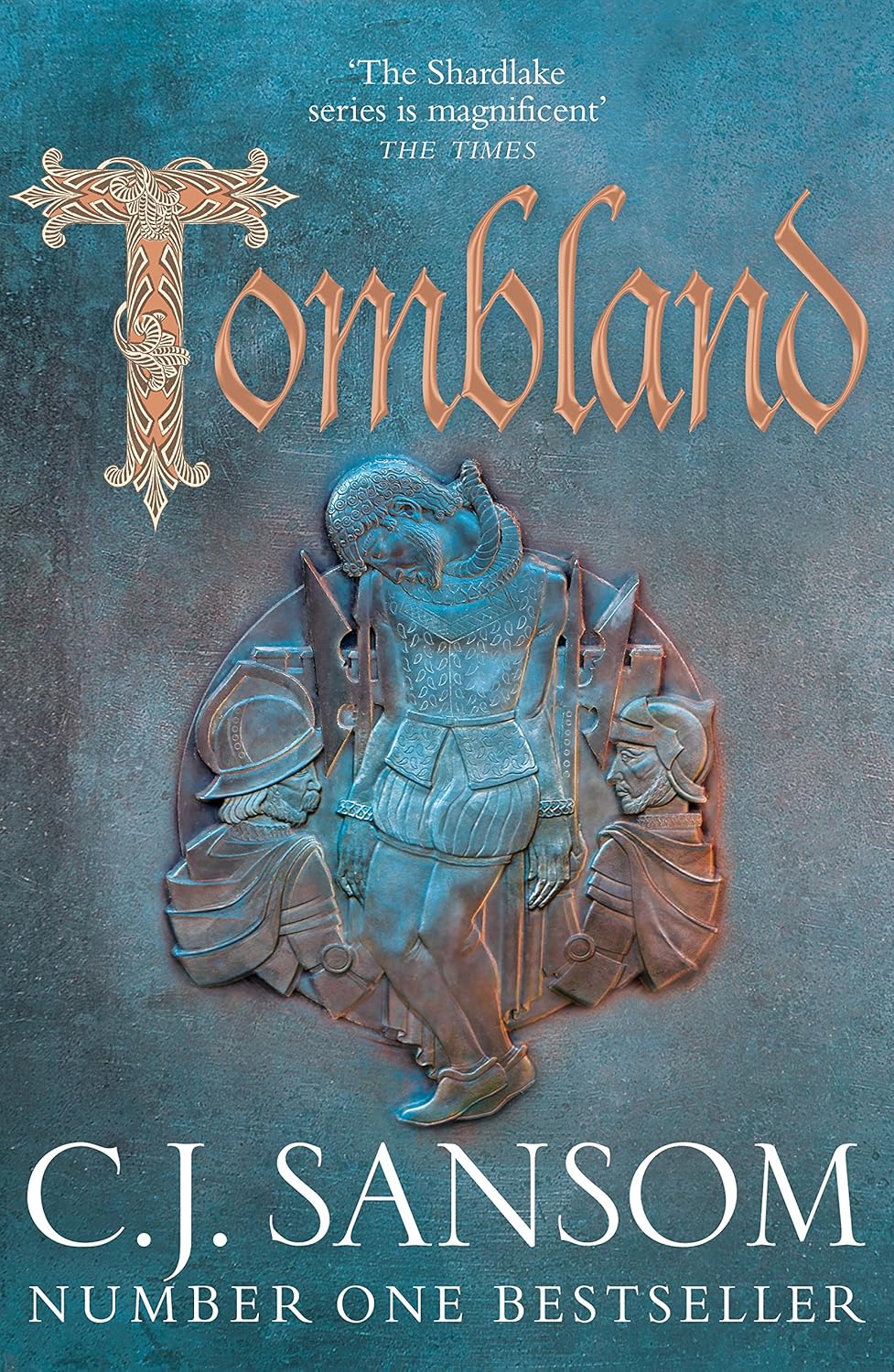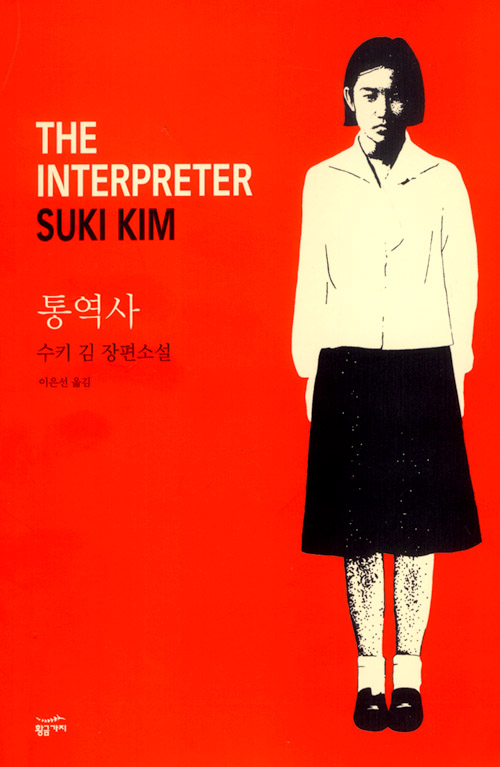
C.J. Sansom, Tombland, Mantle 2018
First lines: I had been in my chambers at Lincoln’s Inn when the messenger came from Master Parry, asking me to attend him urgently. I wondered what might be afoot.
I was extremely sad to hear that historical crime writer C.J. Sansom had passed away.
Sansom is, of course, best known for his ‘Matthew Shardlake’ series, featuring the eponymous lawyer-sleuth during the turbulent reigns of Henry VIII and Edward VI. The final novel in the series, Tombland, takes Shardlake to Norwich in Norfolk, which was England’s prosperous second city at the time. Sent to investigate the murder of Edith Boleyn, a distant relative of the young Princess Elizabeth, Shardlake finds himself caught up in Kett’s Rebellion, a large-scale uprising against wealthy landowners who were appropriating and enclosing ‘common land’, leading to a marked rise in hunger and poverty.
At 880 pages, Tombland is an ambitious and highly absorbing crime novel. If you’ve ever visited Norwich, you’ll immediately recognise many of its locations, such as the 900-year-old Market Square on Gentleman’s Walk and the equally historic Norwich Cathedral. My good friend Harriet informs me that there are now Tombland tours of the city, which sound very appealing indeed.
In addition to a wonderful sense of place, the novel offers a fascinating depiction of Kett’s Rebellion of 1549, which, as Sansom notes in an illuminating afterword, is often overlooked by historians. I found many of the issues he highlights via the uprising — such as the yawning gap between rich and poor, and the devastating effects of a cost-of-living crisis — to be very relevant today. A key difference now, of course, is that ordinary people have the right to vote out governments they don’t like. In fact, the novel could easily be read as an extended argument for the benefits of democracy, which, when working smoothly, enables a transfer of power without the need for brutal conflicts like the Battle of Dussindale.
Here in the UK, you just need to make sure that you are registered to vote (deadline 18 June) and have a valid photo ID when casting your vote in the up-coming election on 4 July 🙂

Suki Kim, The Interpreter, Picador 2003
First line: Cigarette at 9 a.m. is a sure sign of desperation.
Author Suki Kim moved with her family from South Korea to America at the age of thirteen. What it means to navigate this kind of dual heritage forms the starting point for The Interpreter, which can be classified as off-kilter literary crime novel. It depicts an immigrant story that’s a long, long way from the American Dream.
The interpreter in question is 29-year-old Suzy Park, who seems to be leading a largely invisible and emotionally shuttered life in New York. We soon learn that her parents were murdered at their store five years earlier and that the case has never been solved.
While acting as an interpreter in a legal case, Suzy realises that the Korean store owner being questioned on suspicion of breaching employment laws once worked for her parents. Exploiting Mr Lee’s lack of English and the Assistant DA’s lack of Korean, she starts asking questions about her parents’ murder and receives some disquieting answers in return. These set her on the path to uncovering not just the circumstances of the crime, but all kinds of buried truths about her family, and especially her elusive sister Grace.
The Interpreter is a highly interesting novel — an unsparing exploration of Korean-American experiences as well as the impact of generational and culture gaps. The latter are effectively shown in an early scene, when Suzy explains how she translates answers given by first-generation immigrants who use radically different cultural codes from the American lawyers questioning them:
What she possesses is an ability to be in two places at once. She can hear a word and separate its literal meaning from its connotation. […] Languages are not logical. Thus an interpreter must translate word for word and yet somehow manipulate the breadth of language to bridge the gap.
Although Suzy’s identity as an interpreter is central to the text, by the end we are left wondering whether The Interpreter of the title might be someone else entirely. A very clever and well-constructed novel by a fascinating author. You can read more about Suki Kim’s work as a writer and investigative journalist here.

Marcie R. Rendon, Girl Gone Missing, Soho Press 2021 (2019)
First line: Cash pulled herself up and out of her bedroom window.
Girl Gone Missing, the second crime novel featuring Renee ‘Cash’ Blackbear, is set on the Minnesota-North Dakota border in the early 1970s. Cash is just 19, toughened and traumatized by a childhood in foster care after being taken from her Ojibwe family at the age of three. Now navigating the alien but intellectually unchallenging world of college, she continues to drive harvest trucks for farmers and play pool for money, a solitary and safe existence that’s unexpectedly interrupted by the arrival of a long-lost brother. Then, when her writing talents take her to the city for the first time, strange recurring dreams and the odd disappearance of a college girl converge in a way that threaten her directly.
I have a great deal of time for the ‘Cash Blackbear’ series, not least due to the sympathetic yet unsentimental depiction of its lead character. The author tempers an unflinching look at the realities of 1970s Native American experiences — particularly in relation to the trauma of young adults emerging from the foster care system — with the hope of a more positive future. Cash’s resilience, courage and willingness to take decisive action are amply showcased in this novel, and I’m already looking forward to seeing where life takes her in Sinister Graves, the next in the series. If you’re new to the series, then Murder on the Red River is the place to start.
Wishing you all happy summer reading!

So glad to see a Sansom novel here, Mrs. P. His Matthew Shardlake novels are so engaging; they ‘re the sort of novel where the length doesn’t bother you because it’s just so interesting the mystery is well developed. He will be much missed.
Absolutely, Margot. It was a pleasure to be taken into that historical world. It must take incredible skill to unfold a complex historical event like that without overwhelming the mystery. He was a wonderful author.
Hi – thank you for the recommendations, I always find something good in these. Just finished On java Road and have just ordered The Interpreter from the library, and funnily enough searching for Suki Kim brought up a couple of other S Korean authors I’d like to read too, so great work! Not sure I can recommend a crime book to you but the film Anatomy of a Fall is worth a watch if you haven’t already. Thanks for all your efforts (used to follow you on Twitter but couldn’t take the rest of it anymore, maybe see you on bluesy one day). Vicky
>
You’re welcome, Vicky. Glad the blog is leading you to some good stuff 🙂 Funny you should mention Anatomy of a Fall, as it’s right at the top of my viewing list. Thanks for the recommendation – it will spur me to get on with it!
I totally understand regarding Twitter – I find myself on there less and less these days. I’m @kathall on bluesky – hopefully see you there x
Great recommendations, as always!
Thanks, June Lorraine! There’s so much good writing out there at the moment, which is lovely.